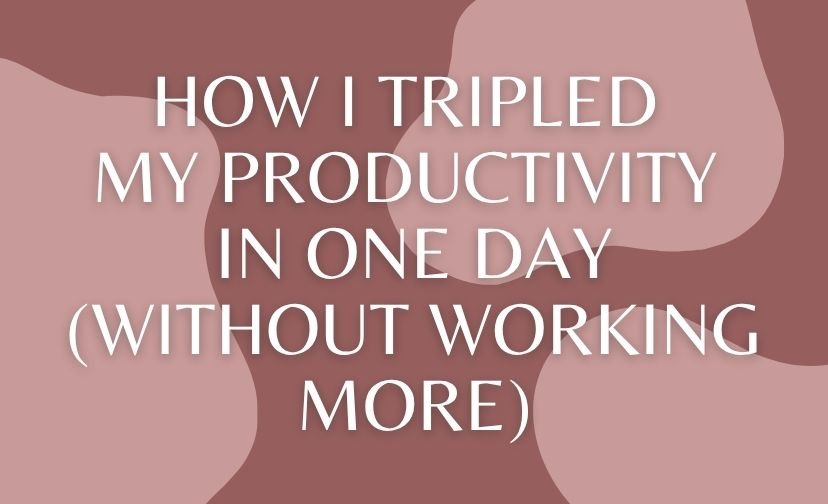Have you ever had a lightbulb moment, a flash of brilliance that sparked the idea for a side hustle? The thrill of a new venture can be electrifying, yet the journey from concept to execution often stalls at the starting line. Why? Because many budding entrepreneurs fall into the trap of overthinking, letting doubt cloud their vision.
But what if you could validate your side hustle idea on a weekend? Imagine testing the waters without diving headfirst into uncertainty. This guide will show you how to harness the power of quick validation strategies and transform your weekend into a launchpad for success.
Understanding the Importance of Validating Your Side Hustle Idea
Before you embark on your entrepreneurial journey, it’s crucial to understand why validation is the cornerstone of a successful side hustle. Many aspiring entrepreneurs leap into the unknown without a safety net, only to discover their idea lacks market demand.
Validation is not just a step; it’s a lifeline, ensuring that your concept resonates with real-world needs before you invest time and resources.
The Risks of Not Validating Your Idea
Imagine building a castle on sand—without a solid foundation, it crumbles at the slightest wave. Similarly, launching a side hustle without validation is a gamble that often leads to failure.
According to a study by CB Insights, 42% of startups fail because there is no market need for their product. By skipping validation, you risk pouring your energy into a venture that may never see the light of day.

Common Pitfalls in Idea Validation
Many entrepreneurs fall prey to the allure of their ideas, leading to confirmation bias. They seek feedback only from friends and family who, with the best intentions, offer praise rather than constructive criticism. This creates a false sense of security and blindsides the entrepreneur to potential flaws.
Additionally, relying solely on online surveys without engaging with potential customers can lead to skewed results. Gathering diverse and honest feedback to validate your concept truly is essential.
Defining Your Focus: The Validate Side Hustle Idea Process
Embarking on the journey to validate your side hustle idea requires a structured approach. By defining your focus and following a clear process, you can efficiently test your concept and make informed decisions.
Crafting Your Core Hypothesis
At the heart of every successful side hustle lies a well-defined hypothesis. This is your guiding star, illuminating the path ahead. Begin by identifying the problem your idea aims to solve and the target audience it serves.
A strong hypothesis is specific and actionable, serving as the foundation for your validation process. For example, “I believe [specific group] struggles with [specific problem], and [my solution] will help them achieve [specific outcome].”

Conducting Rapid Market Research
Market research is the compass that guides your journey. Use digital tools like Google Trends and social media platforms to gauge interest in your idea. Analyze search volume, competitor activity, and customer sentiment.
This data-driven approach provides insights into market demand and helps refine your hypothesis. Remember, the goal is not to confirm your assumptions but to challenge them and uncover hidden opportunities.
When conducting market research, focus on identifying gaps in the market that your idea can fill. Look for unmet needs or underserved segments that align with your hypothesis. This can provide a competitive edge and increase the likelihood of success.
Building Your Minimum Viable Product (MVP)
Your MVP is the simplest version of your product that still delivers value to customers. It’s a prototype, a sketch—not a masterpiece.
The aim is to test your hypothesis with minimal resources. Use no-code tools like Webflow or Carrd to create a basic landing page, or design mockups in Canva. Consider creating detailed sketches or prototypes using readily available materials for physical products. The key is to focus on functionality, not perfection.

Testing Your Idea with Real Users
Once your MVP is ready, it’s time to test it. Engage with real users who fit your target demographic and gather feedback on their experience. Platforms like Product Hunt or Beta List can connect you with early adopters eager to try new ideas.
Use structured interviews or surveys to collect valuable insights and be open to criticism. This feedback is a treasure trove of information that can guide future iterations.
Analyzing Feedback and Making Decisions
With feedback in hand, analyze the data to identify patterns and trends. Look for recurring themes in user comments and pay attention to both positive and negative responses.
This analysis will inform your next steps—whether it’s refining your product, pivoting your approach, or deciding to move forward with confidence. Remember, validation is an iterative process, and each cycle brings you closer to a successful side hustle.
When analyzing feedback, categorize responses into themes such as usability, functionality, and customer satisfaction. This will help you prioritize improvements and make data-driven decisions that enhance your product’s value.

Quick Validation Strategies for Weekend Entrepreneurs
Weekends are precious for those who balance a full-time job with entrepreneurial ambitions. By leveraging quick validation strategies, you can maximize your time and make significant strides toward launching your side hustle.
Leveraging Social Media for Immediate Feedback
Social media platforms are a goldmine for instant feedback. Create engaging posts or polls on platforms like Instagram, Facebook, or Twitter to gauge interest in your idea.
Encourage your followers to share their thoughts and opinions, and use this feedback to refine your concept. Social media offers a direct line to potential customers and can provide valuable insights at no cost.
Using Surveys and Polls to Gauge Interest
Surveys and polls are powerful tools for gathering quantitative data. Use platforms like SurveyMonkey or Google Forms to create simple, targeted surveys that explore specific aspects of your idea. Ask open-ended questions to elicit detailed responses and better understand your audience’s needs and preferences.

Creating Engaging Landing Pages for Pre-Sales
A well-designed landing page can serve as a litmus test for your idea’s viability. Use platforms like Unbounce or Leadpages to create a compelling page highlighting your product’s benefits and inviting visitors to join a waitlist or pre-order. Monitor conversion rates and engagement metrics to assess interest and demand.
When designing a landing page, focus on crafting a clear and persuasive value proposition. Use strong visuals and concise copy to convey the benefits of your product and create a sense of urgency with limited-time offers or early-bird discounts.
Exploring Crowdfunding as a Validation Tool
Crowdfunding platforms like Kickstarter or Indiegogo offer a unique opportunity to validate your idea while raising funds. You can gauge interest and secure financial backing by presenting your concept to a broad audience. Successful campaigns validate demand and build a community of early supporters who can champion your brand.
| Validation Strategy | Tools | Benefits |
|---|---|---|
| Social Media Feedback | Instagram, Facebook, Twitter | Instant feedback, broad reach |
| Surveys and Polls | SurveyMonkey, Google Forms | Quantitative data, detailed insights |
| Landing Pages | Unbounce, Leadpages | Pre-sales, conversion metrics |
| Crowdfunding | Kickstarter, Indiegogo | Funding, community building |
Real Success Stories: Inspiration for Your Journey
Nothing inspires like success stories of those who have walked the path before you. These tales of triumph and lessons learned can provide motivation and insight as you embark on your validation journey.

Weekend Warriors Who Made It Big
Consider the story of Justin Mares, who co-founded Kettle & Fire, a bone broth company that started as a side hustle. Justin validated his idea by setting up a simple landing page and running ads to gauge interest.
His methodical approach paid off, and today, Kettle & Fire is a thriving business. Another example is Scott Keyes, who launched Scott’s Cheap Flights from his living room. By leveraging a simple email list, Scott tested his idea’s demand and grew his side hustle into a multimillion-dollar enterprise.
Lessons Learned from Failed Side Hustles
While success stories are inspiring, there is much to learn from failure. Many entrepreneurs have launched side hustles that didn’t pan out, often due to a lack of validation.
These experiences highlight the importance of testing assumptions and listening to feedback. By understanding what went wrong, you can avoid similar pitfalls and increase your chances of success.
Next Steps: Taking Action on Your Validated Idea
With a validated idea, it’s time to take action and transform your concept into reality. Creating a roadmap for success and building your brand can set the stage for a successful launch.
Creating a Roadmap for Success
A well-defined roadmap outlines the steps needed to bring your idea to market. Set clear goals and milestones, and establish a timeline for each development phase.
Consider the resources you’ll need, such as funding, talent, and technology, and create a plan to acquire them. A roadmap provides direction and keeps you focused on your objectives.

Building Your Brand and Online Presence
Your brand is the face of your side hustle, and building a strong online presence is crucial for reaching your audience. Develop a cohesive brand identity, including a logo, color scheme, and messaging.
Establish a social media presence and create a website to showcase your product and engage with potential customers. Consistent branding builds trust and credibility, which is essential for attracting and retaining customers.
Staying Agile: Adapting to Market Feedback
In the fast-paced world of entrepreneurship, agility is key. Stay responsive to market feedback and be willing to adapt your strategy as needed.
Continuously gather customer data and insights, and use this information to refine your product and improve your offering. You can navigate challenges and seize opportunities as they arise by staying agile.
To maintain agility, implement a feedback loop that regularly collects input from customers and stakeholders. Use this feedback to make data-driven decisions and iterate on your product, ensuring it remains relevant and competitive.





